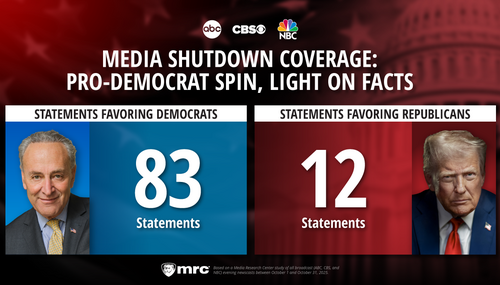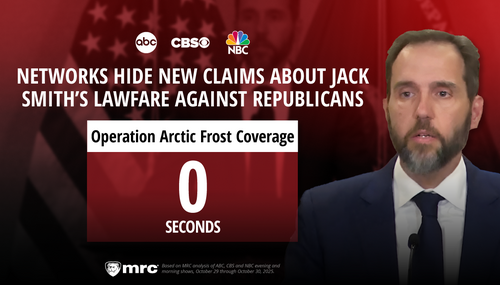As the internet becomes more and more a news source for everyone, formerly dominant media outlets have seen news consumers shift online to look for news. Just like radio was harmed by TV but still continues to survive because it changed how it did things, the magazine business is at a similar crossroads.
With more magazines than ever out there to say nothing about the web, older general circulation magazines are having to adapt. Up until just recently, though, there hasn't been anything too drastic. That might be changing as the weekly Time seems willing to start changing things.
On the political side, the magazine has in the past reached out to left-wing bloggers to write for it. Now, it seems the management has realized that, amazingly enough, conservatives read political news online as well. To that end, it's essentially purchased the conservative blog Real Clear Politics.
The magazine is also making some fairly major changes on the advertising and business end of things, based on the (correct) premise that newsweeklies simply can't compete with the web when it comes to breaking news:
For years Time magazine had a seemingly insurmountable lead in circulation over other weekly news magazines, but now that lead is narrowing.
Time said yesterday that starting in January it would cut its rate base — the number of readers it guarantees to advertisers — by 18.8 percent, to 3.25 million, from 4 million. The advertising rates charged by a magazine generally rise and fall based on that number.
But Time also said it wanted to persuade advertisers to switch to a new way of paying for ads, based on the total number of magazine readers, including those who read someone else’s copy. On that basis, Time says it has 19.5 million readers.
Time also said yesterday that it would increase its newsstand price by $1, to $4.95, starting in January. About 116,000 copies of the magazine are sold on average at newsstands.
Editors at Time are working on a redesign to be introduced in January, along with a change in the day the magazine hits newsstands, to Friday from Monday. Also, 800,000 of what Time determines to be its wealthiest readers will receive added style, travel and leisure content once a month. Time will pitch that magazine version to high-end advertisers.
The magazine’s announcement comes after months of tumultuous changes at Time, part of the Time Inc. division of Time Warner. Time Inc. has reduced the staff at all of its publications by 550 in the last year.
This year Time hired a new managing editor, Richard Stengel, with a mission to reinvent the magazine. It also hired Josh Tyrangiel to revive its Web site. Time and other weekly magazines have struggled to stay relevant against the Internet, cable channels and daily news.
Time’s publisher, Edward R. McCarrick, said the changes represented a monumental shift in magazine accountability. Some in the media industry have said that ads should be sold based on estimates of the total number of people who read a magazine, a system that would be similar to TV ratings.




